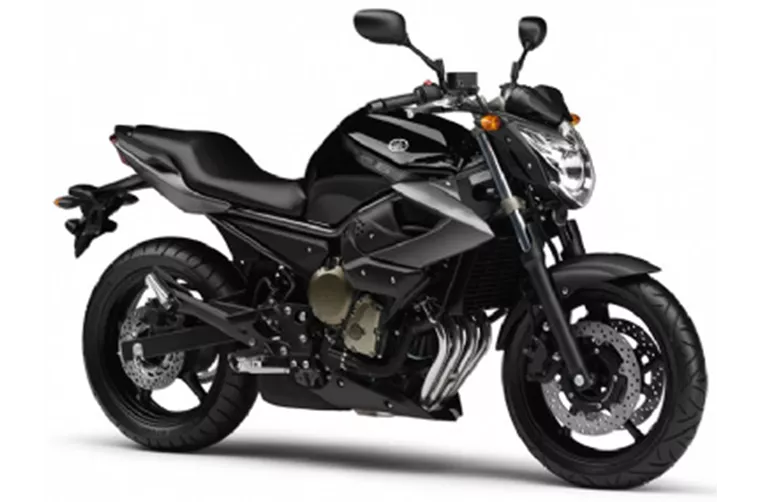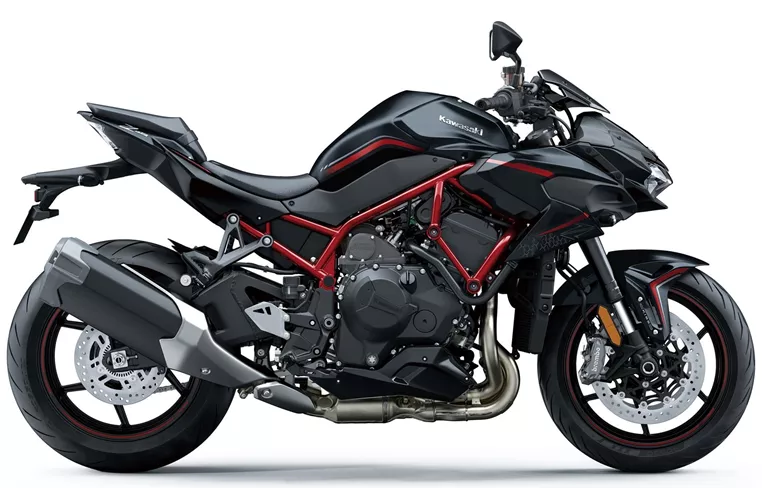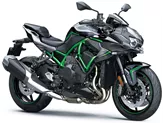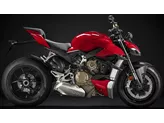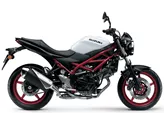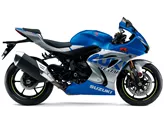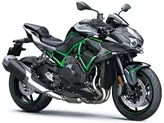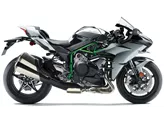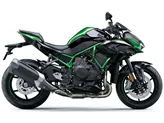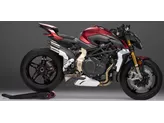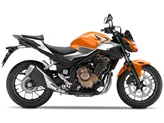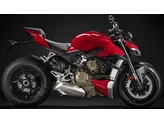Yamaha XJ6 2009 vs. Kawasaki Z H2 2020

Yamaha XJ6 2009
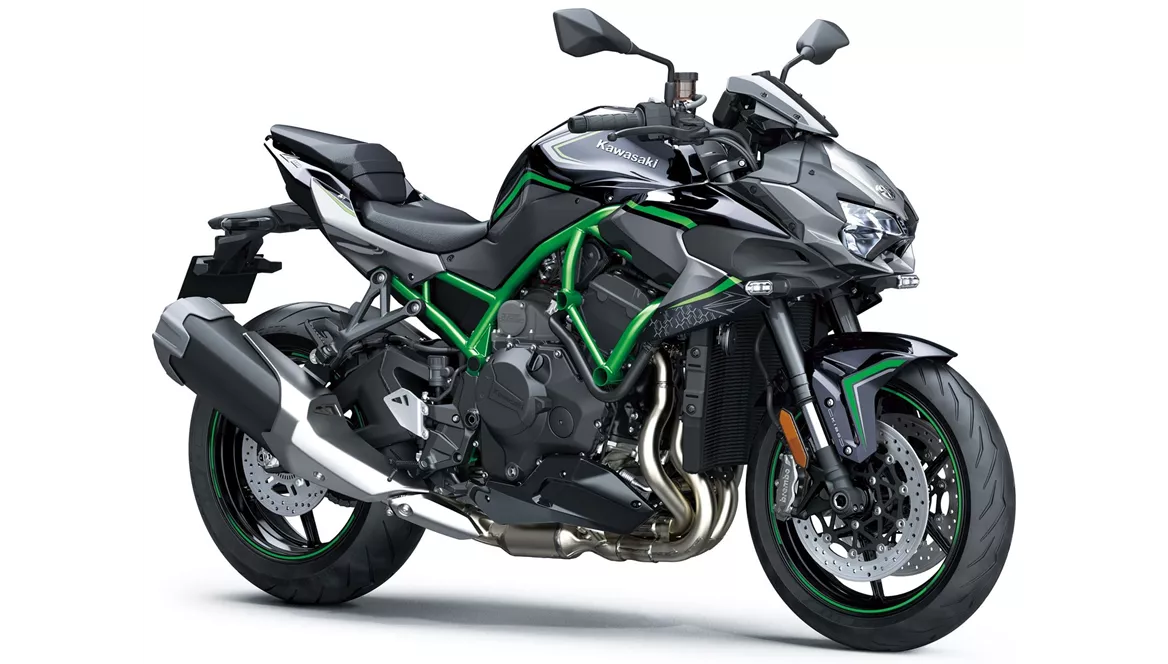
Kawasaki Z H2 2020
Overview - Yamaha XJ6 2009 vs Kawasaki Z H2 2020
The Yamaha XJ6 2009 and the Kawasaki Z H2 2020 are both naked bikes, but they differ significantly in terms of their technical specifications and strengths.
Starting with the Yamaha XJ6 2009, it is powered by a 600cc, 4-cylinder engine that produces 78 horsepower and 59.7 Nm of torque. The engine is liquid-cooled and features a double cradle steel frame. The front suspension consists of a telescopic fork, and it has double disk brakes on the front. The bike has a 17-inch front and rear tire diameter, a wheelbase of 1440 mm, and a seat height of 785 mm. It also has a fuel tank capacity of 17.3 liters.
The strengths of the Yamaha XJ6 2009 lie in its rider-friendly performance characteristics, optimal clutch, and playful, lighter handling. It also offers comfortable seating and has an individual look that appeals to younger riders. Additionally, it has an aggressive and high-quality feel.

Yamaha XJ6 2009
However, the Yamaha XJ6 2009 does have some weaknesses. The design components are not too demanding, and the torque development may not be as strong as some riders would prefer.
Moving on to the Kawasaki Z H2 2020, it is powered by a 998cc, 4-cylinder engine that delivers an impressive 200 horsepower and 137 Nm of torque. Like the Yamaha XJ6 2009, it also has a liquid-cooled engine and a steel frame. The front suspension features an upside-down telescopic fork, and it has double disk brakes on the front. The bike has a 17-inch front and rear tire diameter, a wheelbase of 1455 mm, and a seat height of 830 mm. It also has a slightly larger fuel tank capacity of 19 liters.
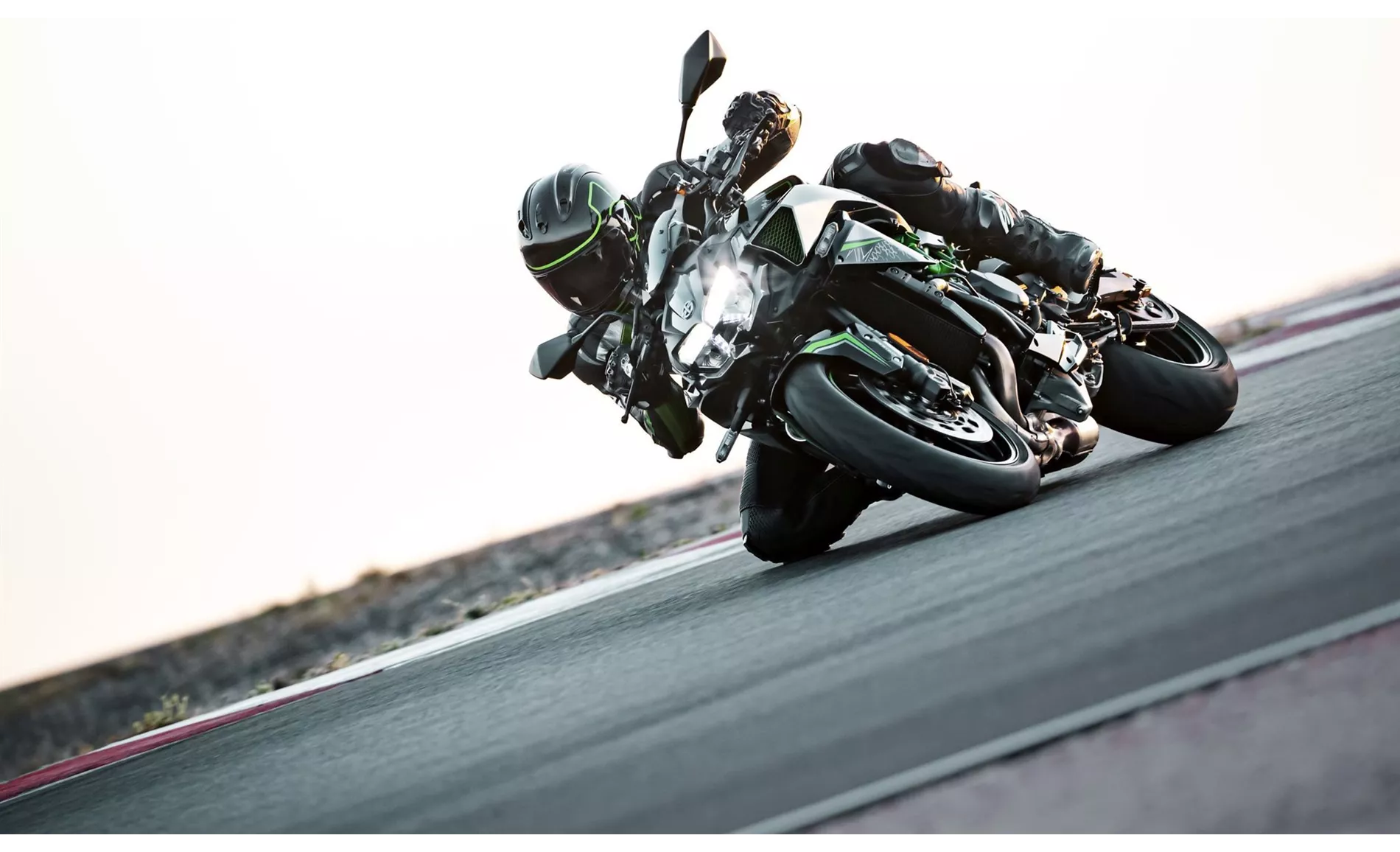
Kawasaki Z H2 2020
The strengths of the Kawasaki Z H2 2020 lie in its incomparable engine power and full power delivery. It is easy to control and offers a pleasant seating position. Despite its extravagant drive, it can be ridden carefree in everyday life. The bike also offers high riding comfort for a naked bike and has a quiet but charismatic sound. Its handling is stable and transparent.
However, the Kawasaki Z H2 2020 does have some weaknesses. The quickshifter, although functional, may have interventions that take too long. The suspension strut can become a bit spongy during sporty riding. Additionally, some riders may feel that the exclusive nature of the bike deserves exclusive components all around.
In conclusion, the Yamaha XJ6 2009 and the Kawasaki Z H2 2020 are both naked bikes, but they differ significantly in terms of their technical specifications and strengths. The Yamaha XJ6 2009 offers a rider-friendly performance and a unique look, while the Kawasaki Z H2 2020 boasts an incomparable engine power and high riding comfort. Both bikes have their own set of weaknesses, but overall, they provide different riding experiences for different types of riders.
Technical Specifications Yamaha XJ6 2009 compared to Kawasaki Z H2 2020
Pros and Cons in comparison
Pros and Cons in comparison
Yamaha XJ6 2009
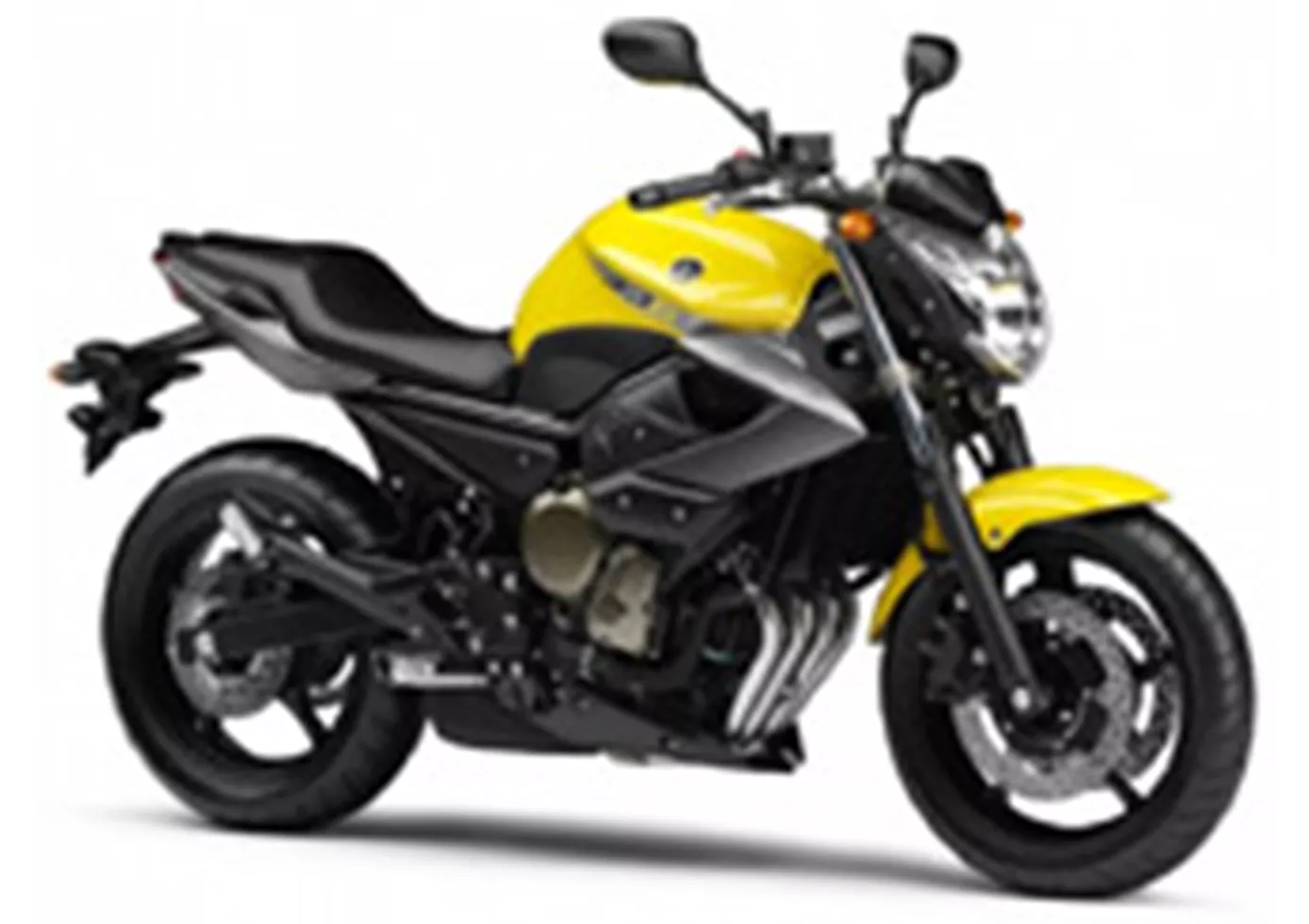
Despite the common basis, the XJ appears much younger and more aggressive. A mid-cass motorbike that by no means makes you feel mid-range. Except for the swingarm, the motorbike appears quite high-quality and cool. The bike is a little easier to handle than the Diversion.
Kawasaki Z H2 2020
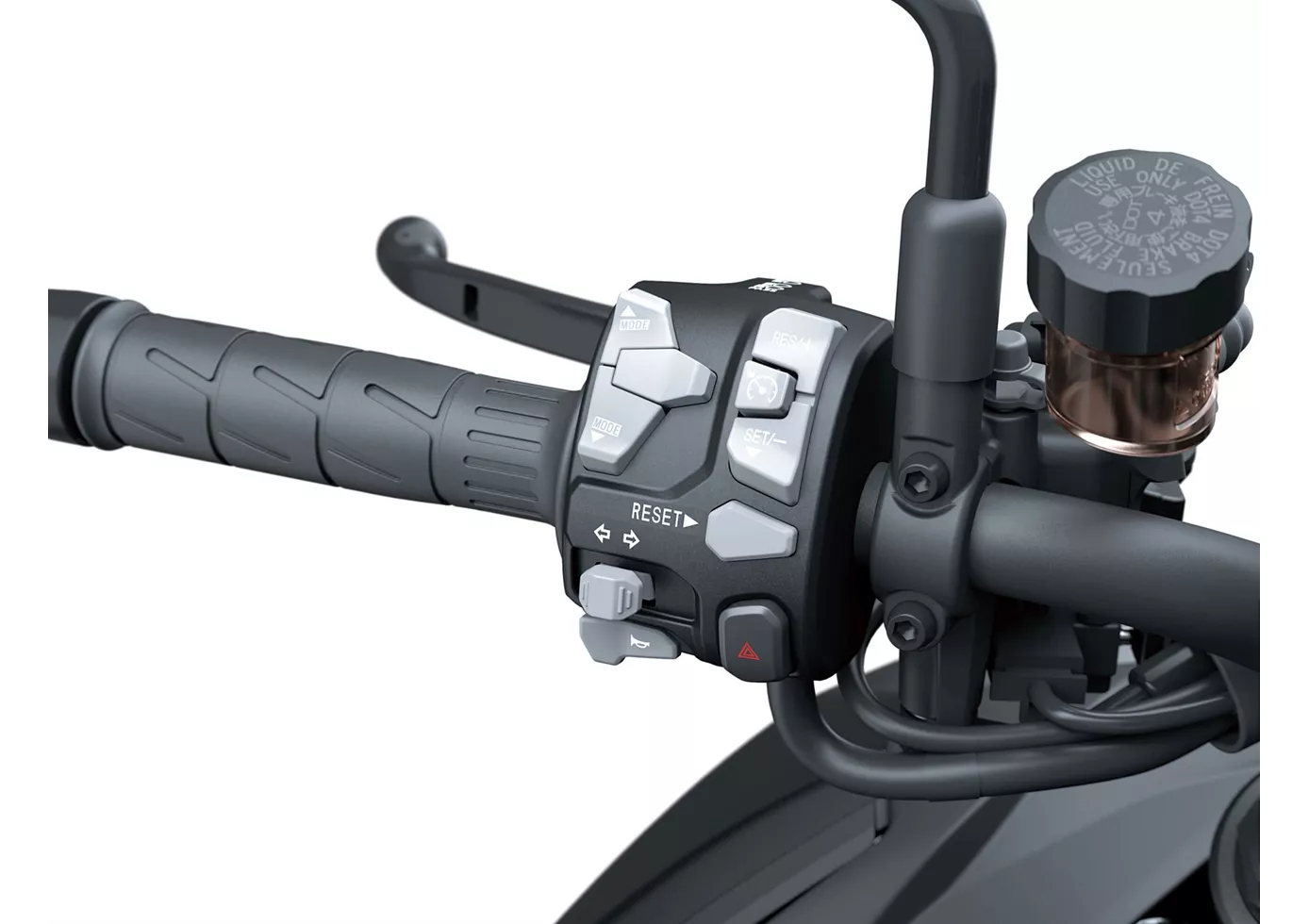
The fascinating power unit of the Kawasaki not only inspires as a motif for quartet cards or at the regulars' table. The engine is made for practical use. In the saddle of the bike, you can enjoy the thrust in every situation. Commands from the throttle are implemented directly, intensively but also controllably. However, the bike is not an athletic sportsman but a beefy naked bike. It always scores when sovereignty and power are required.
Price Comparison Avarage Market Price Yamaha XJ6 vs Kawasaki Z H2
There are a few key differences between a Yamaha XJ6 2009 and a Kawasaki Z H2 2020. In terms of price, the actual average price of a Kawasaki Z H2 2020 is about 252% higher. A Yamaha XJ6 2009 experiences a loss of 200 USD in one year of ownership. This is offset by a loss of 630 USD for a Kawasaki Z H2 2020. Compared to Kawasaki Z H2 2020 there are less Yamaha XJ6 2009 bikes available on the 1000PS.de Marketplace, specifically 6 compared to 10. It takes less time to sell a Yamaha XJ6 with 31 days compared to 148 days for a Kawasaki Z H2. Since model year 2009 1000PS.de editors have written 4 reviews for the Yamaha XJ6 and 14 reviews for the Kawasaki Z H2 since model year 2020. The first review for the Yamaha XJ6 was published on 11/13/2008 and now has more than 21,900 views. This compares to more than 82,500 views for the first review on Kawasaki Z H2 published on 10/10/2019.
